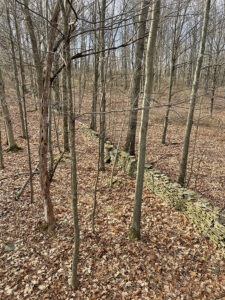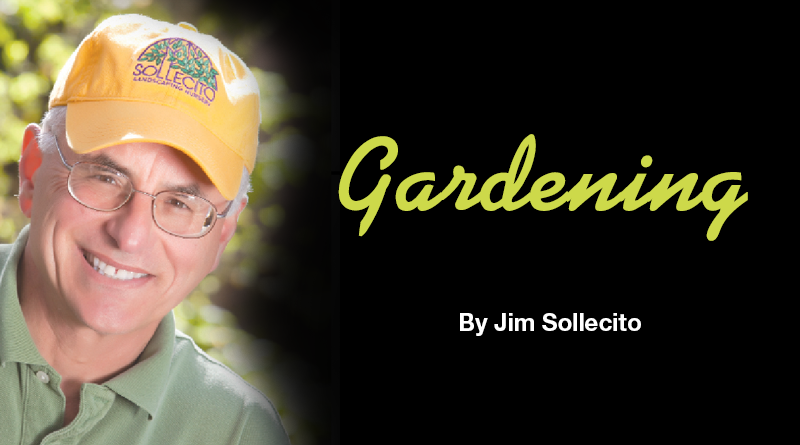Not Altogether Understood, But Still Appreciated
By Jim Sollecito

In my lifetime I have been fortunate to visit art galleries in a variety of countries. Sometimes the work moves me. Other times it inspires me to move on. After all, art and a lot of life, is subjective. And art can be found in nature, anywhere and everywhere. Especially at this time of year, I just love looking at the structure of trees without foliage, revealing their true personalities.
The success of fallen seeds and nuts becoming a tree is hardly automatic. Estimates give a one in 3,000,000 chance of that happening. I guess every standing tree is by some definition a miracle, part of a process that depends on a number of factors.
Every year the forest refreshes and replenishes itself substantially by applying a coat of fresh leaves to the ground, enhancing the soil with organics. Sitting still in the woods, I can hear a single leaf leave its arboreal home and find a new place on the Earth. The leaf actually makes a sound through departure called abscission. This fallen debris will become part of the soil profile. Every story has a beginning, a middle and end. At the end of a leaf’s life, something else benefits. There are no winners or losers in nature, but a series of evolving consequences.
Having multiple-aged plant structures increases the value of any property. Some age out, others become stronger as they add annual growth rings. Although the days of hearing falling foliage are done for this year there is still visual interest and structural value in the vertical form. Studying bonsai in Japan, I also learned that even when a plant died it was kept and cherished, as the form still had intrinsic value.
The holey basswood tree in the photo, thoroughly appreciated by woodpeckers, has become a protected home for other creatures. The resulting small shredded bits of wood also enrich the ground below. Horticulturally, more added organics, including those that improve and create soil, will result in even more thriving plant and animal diversity. Taking a lesson from nature, where a lot of lessons are taught, organics create life.
Repurposed stones claimed from the nearby plowed field form an eye-catching vertical line that is attractive on both sides. This is a good goal when considering changes to our landscapes this year. Utilitarian and visually appealing from multiple views.
Some trees, such as beech, hold their leaves well into winter. The clinging of spent leaves to branches is called marcescence. During that time studying Japanese bonsai I learned that certain trees keep their leaves to help protect the new buds from drying out. In this forest, the younger red oak trees have marcescent leaves, while older trees readily shed.
I find life lessons every time I go into woodlands. Hearing the gentle rustling of retained leaves while walking in the woods is a gentle reminder that even when we might not fully understand something, we can still appreciate it.
 Jim Sollecito is the first lifetime senior certified landscape professional in New York State. He operates Sollecito Landscaping Nursery in Syracuse. Contact him at 315-468-1142 or jim@sollecito.com.
Jim Sollecito is the first lifetime senior certified landscape professional in New York State. He operates Sollecito Landscaping Nursery in Syracuse. Contact him at 315-468-1142 or jim@sollecito.com.

